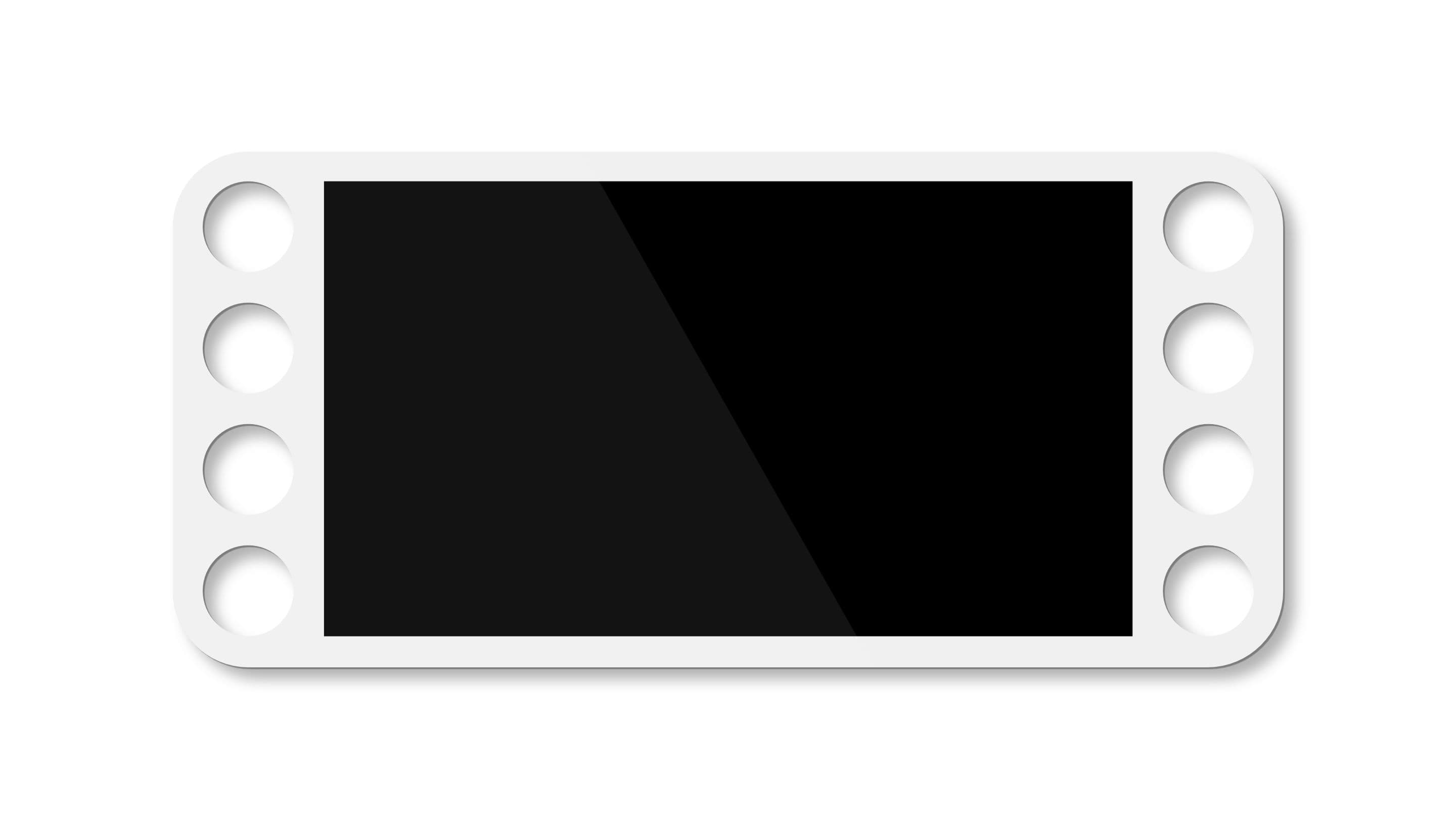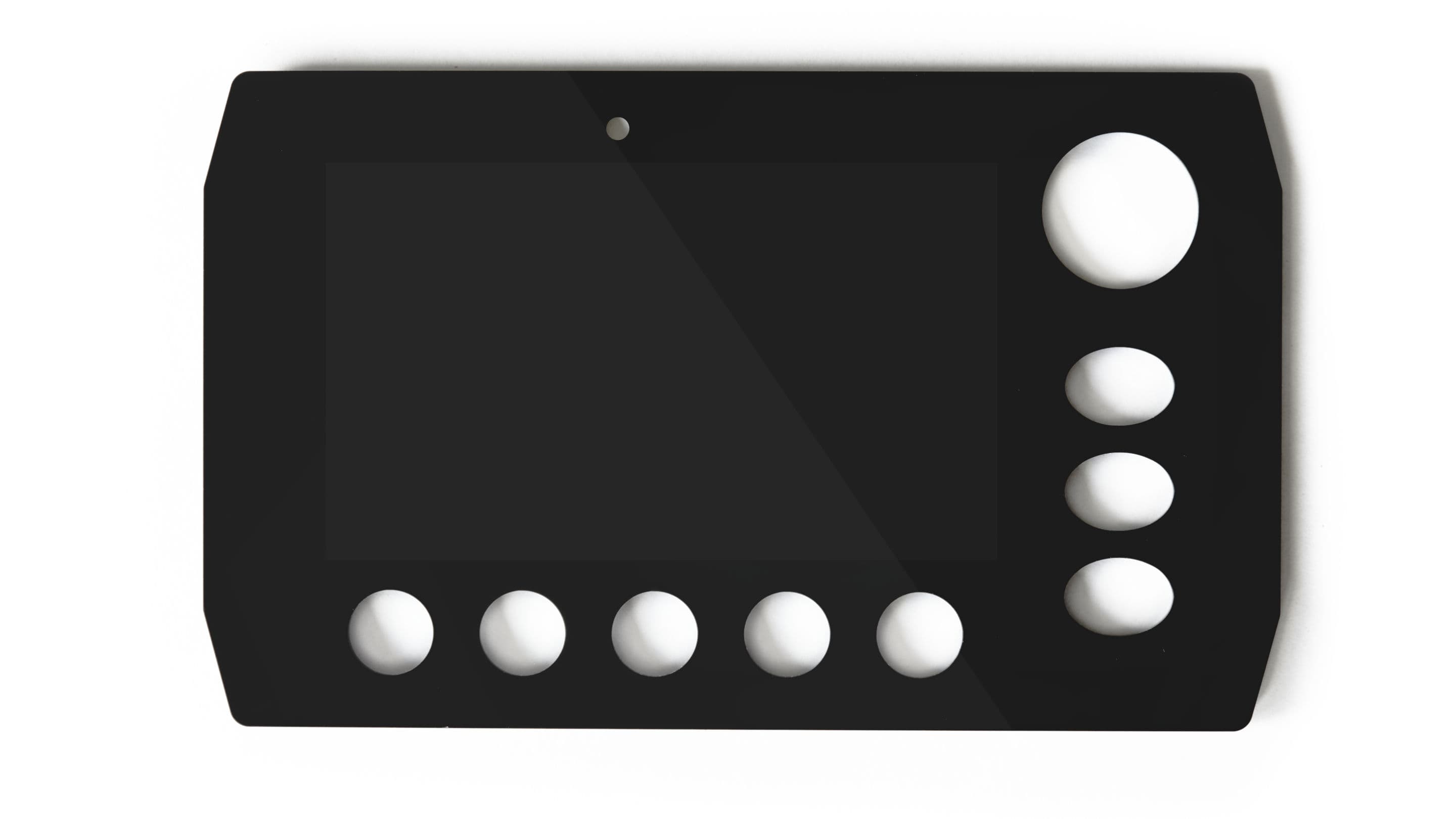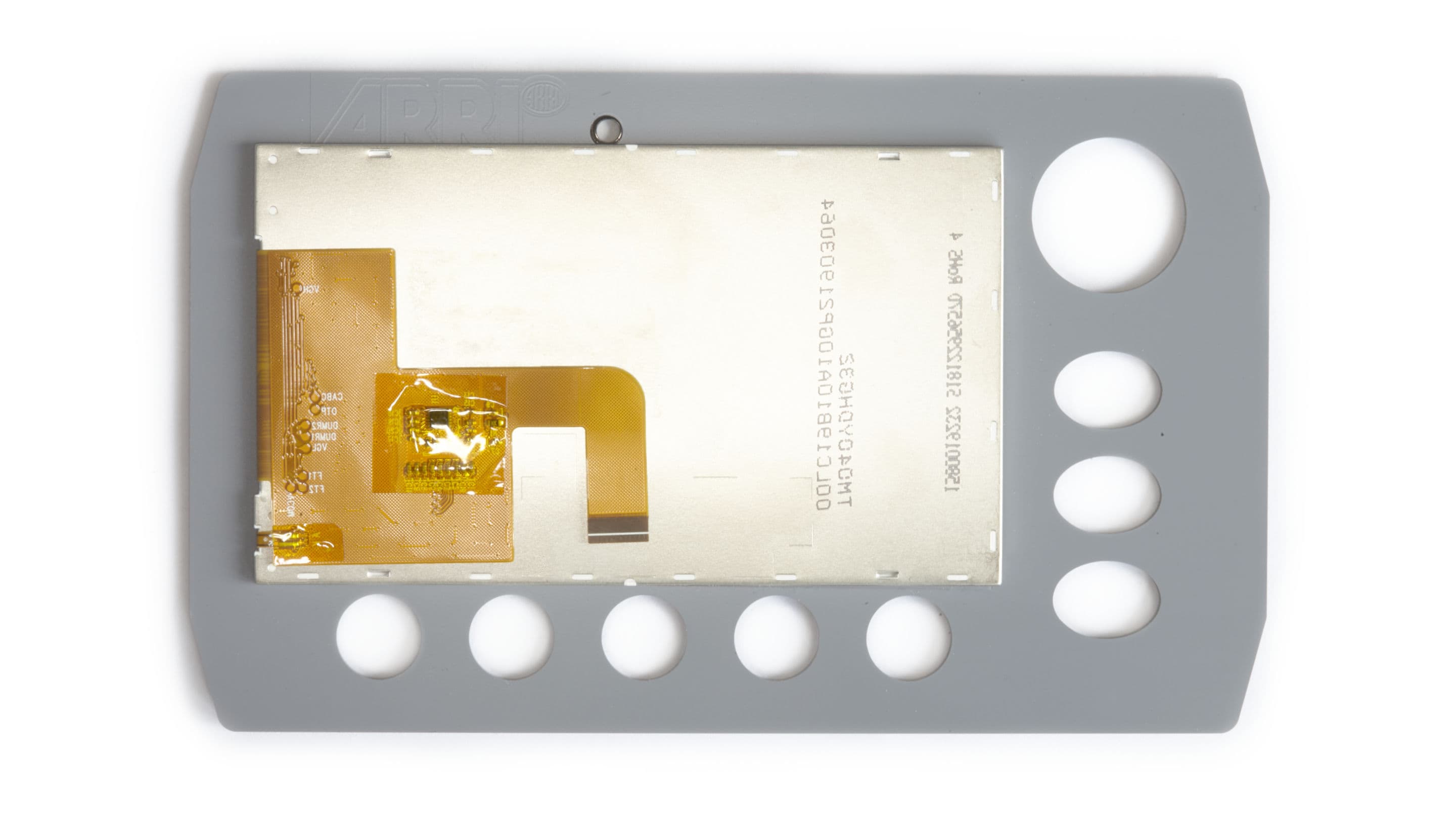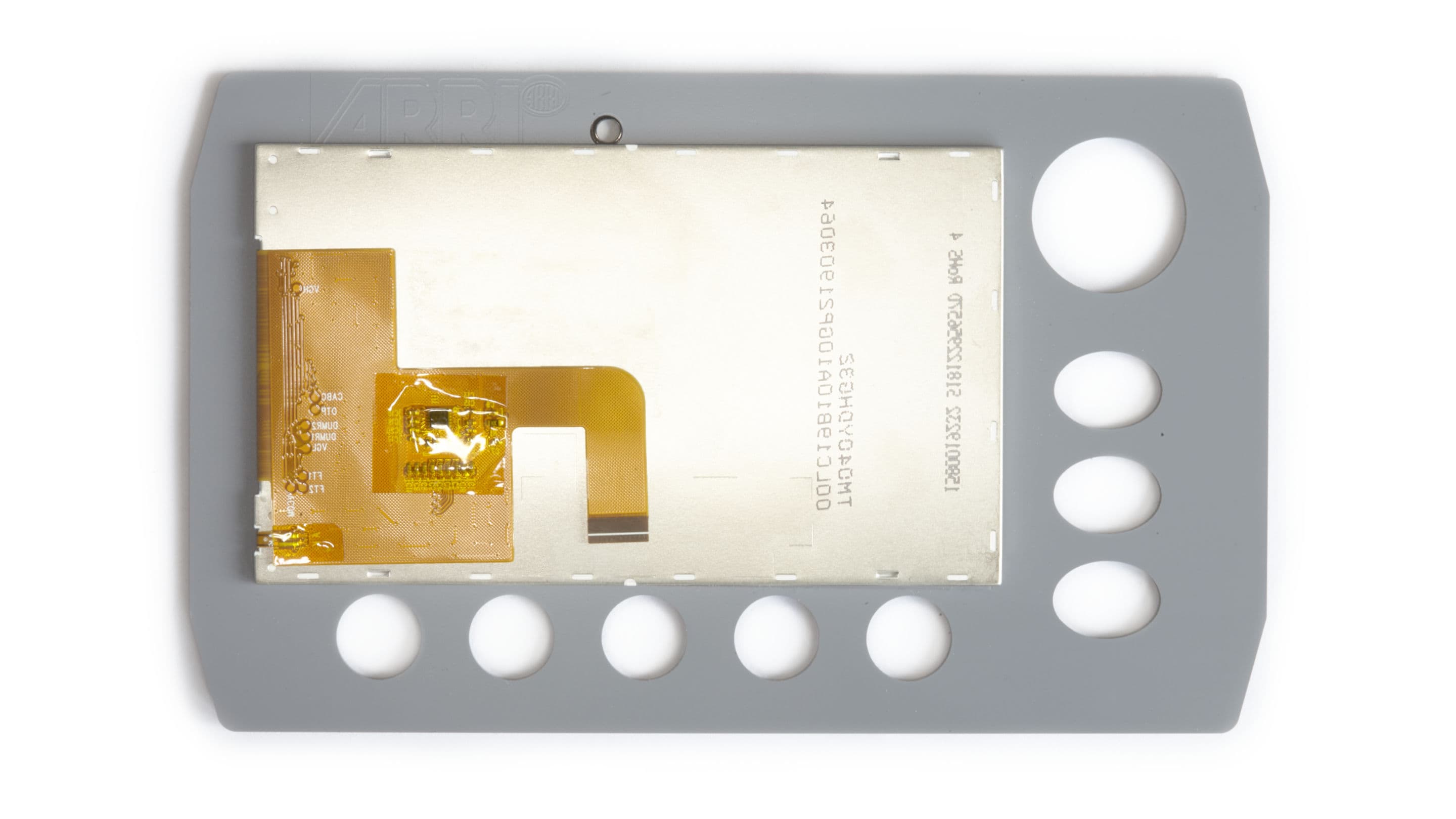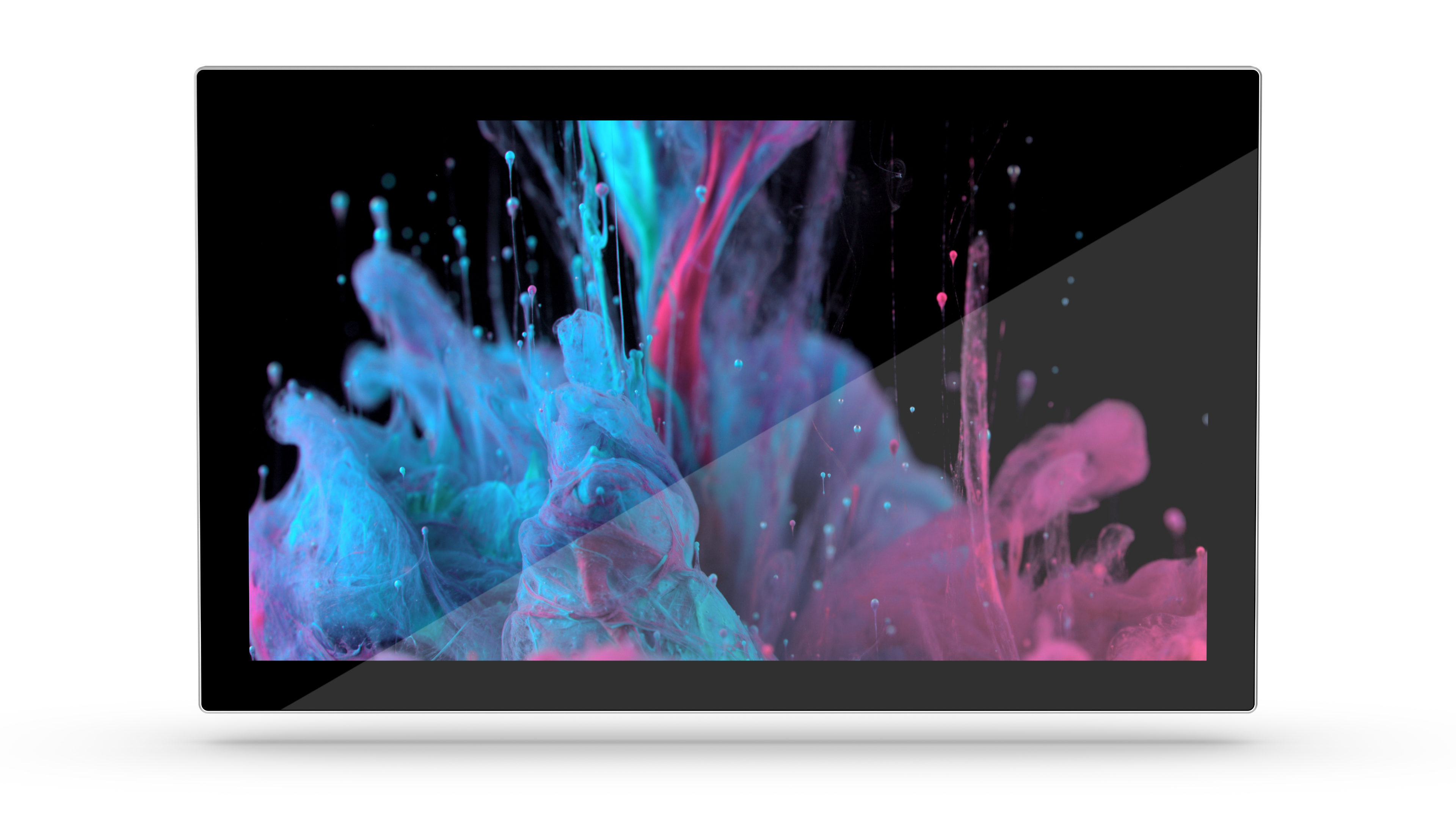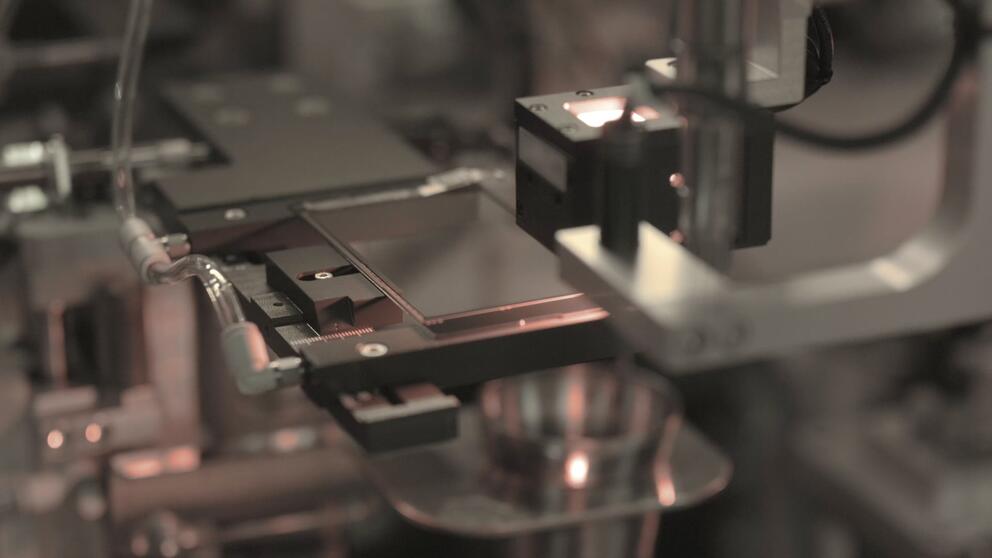
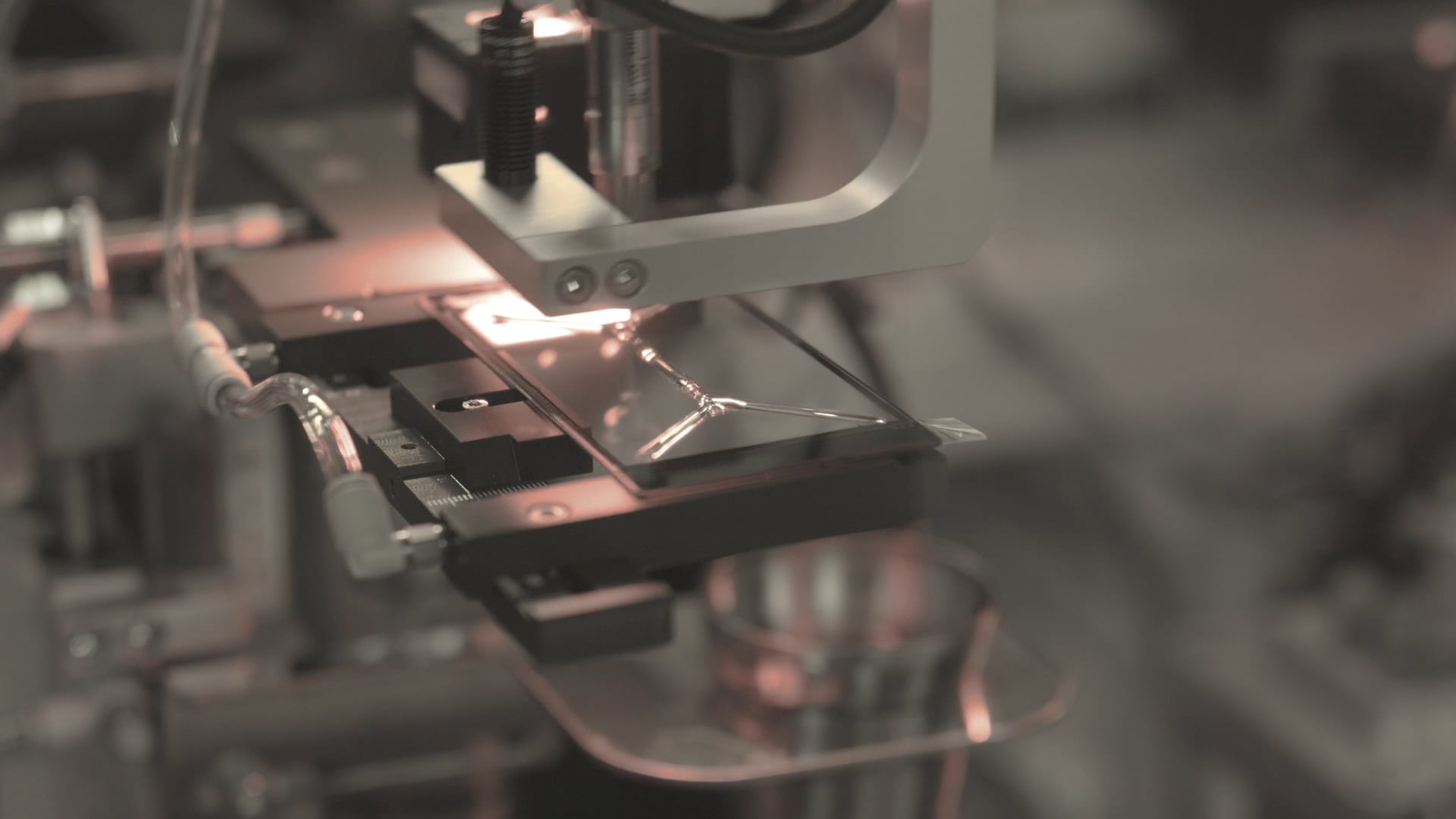
Everything you ever wanted to know about Optical Bonding
Discover everything you ever wanted to know about optical bonding with our comprehensive guide. Learn about Optical Clear Adhesive (OCA), Optical Clear Resin (OCR), as well as the distinctions between dry and wet bonding techniques for touch monitors and LCD displays. Whether you’re looking to improve display contrast, reduce reflections, or enhance overall visual performance, our guide covers all the essential information to help you make informed decisions and optimize your display technology.
Explore the cutting-edge techniques of optical bonding for superior display clarity with Interelectronix. Our comprehensive guide covers dry and wet bonding methods, including Optical Clear Adhesive (OCA) and Optical Clear Resin (OCR), to help you select the right technology for enhanced display performance and durability. Discover our expertise in delivering high-quality, bubble-free optical bonding solutions tailored to your needs.
Explore the cutting-edge world of open cell bonding with Interelectronix, where we specialize in innovative display solutions that eliminate bezels, prevent air bubbles, and enhance optical performance. Our expertise in flat substrates, cost yield optimization, and bond stack thickness ensures high-quality, cost-effective displays. From consumer electronics to industrial applications, we provide tailored, eco-friendly solutions for superior display technology. Partner with us for a competitive edge in your industry.
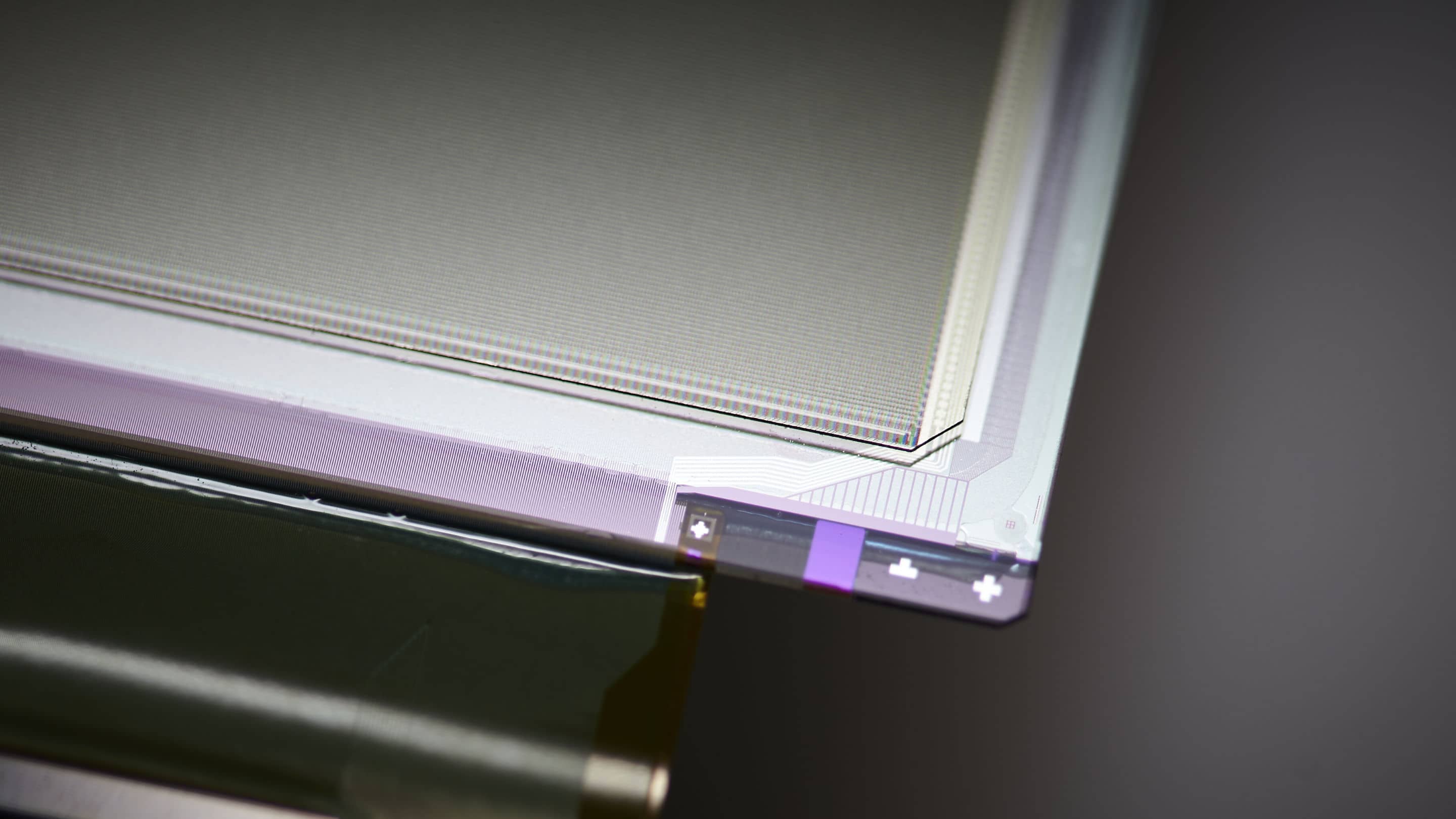
Discover how Interelectronix transforms display technology with optical bonding, enhancing contrast, reducing reflections, and ensuring crystal-clear interfaces. Our specialized process guarantees optimal display performance, making colors vivid and improving readability in any lighting condition. Explore the science behind optical bonding and its wide range of applications across industries, from automotive to medical. Experience the Interelectronix advantage for superior display solutions that elevate user experience and product quality.
Explore the complexities of repairing optically bonded displays at Interelectronix. Our latest blog post dives into why these repairs are challenging and often not cost-effective. Learn about the nature of optical bonding, its benefits for display technology, and the specialized equipment and expertise required for repairs. Understand the economic and operational impacts, preventative measures, and alternatives to ensure informed decisions about your display technology needs.
Explore the crucial differences between acrylic and silicone optical bonding materials at Interelectronix. Our in-depth analysis helps you choose the right adhesive for enhanced display performance and longevity. Learn about the impact of yellowing on acrylics, the superior durability of silicones, and how the right material choice can save costs over time. Partner with us for expert guidance and tailored solutions for your optical bonding needs, ensuring your displays remain clear and effective.
Explore affordable optical bonding solutions at Interelectronix, where quality meets cost-effectiveness. Our blog demystifies optical bonding costs, offering clear pricing guidelines for enhanced display durability and readability without the hefty price tag. Discover how size, economies of scale, and application-specific requirements influence cost, and learn about our commitment to providing value through advanced techniques and materials. Join us for tailored, budget-friendly display technology enhancements.
